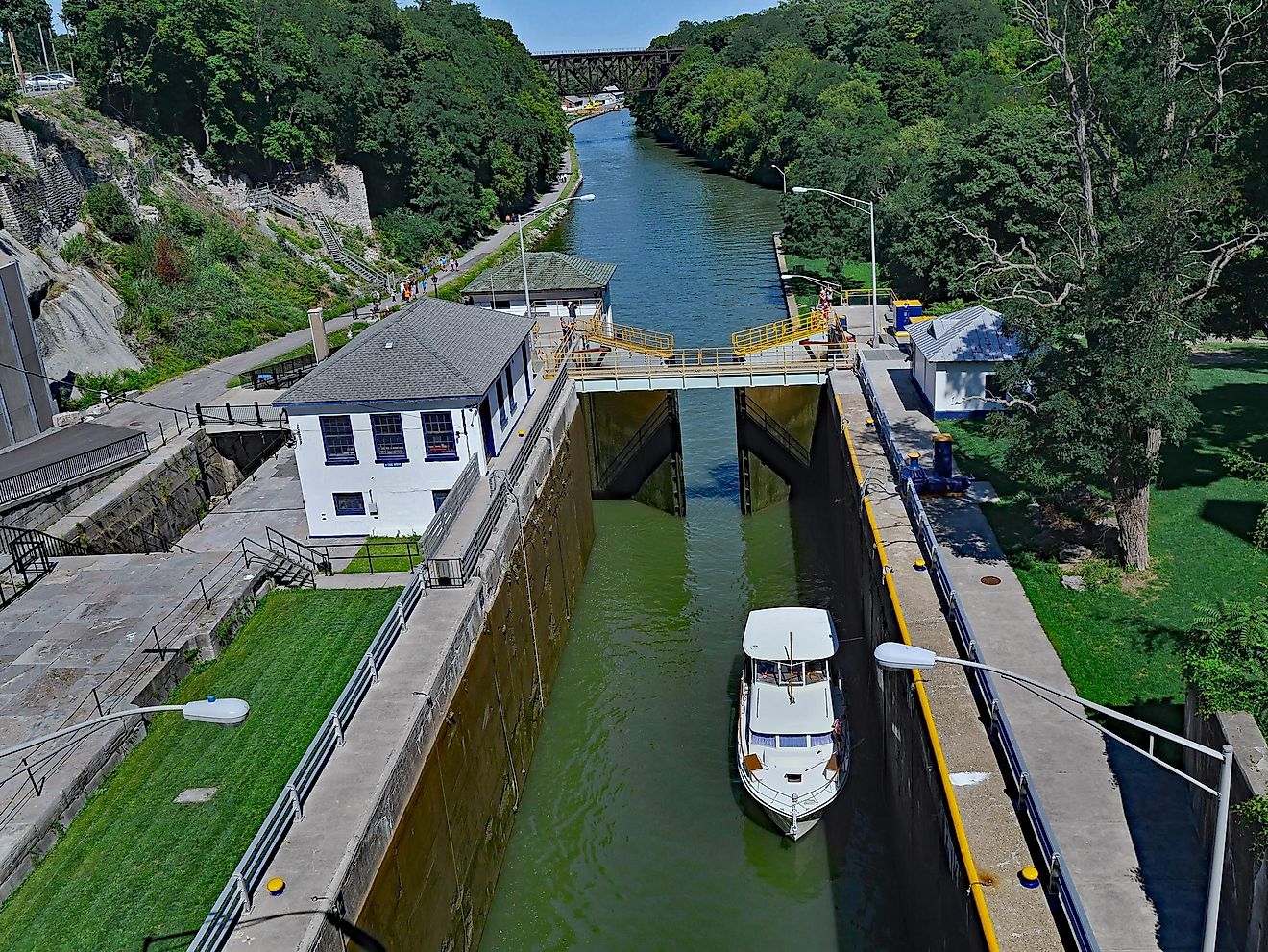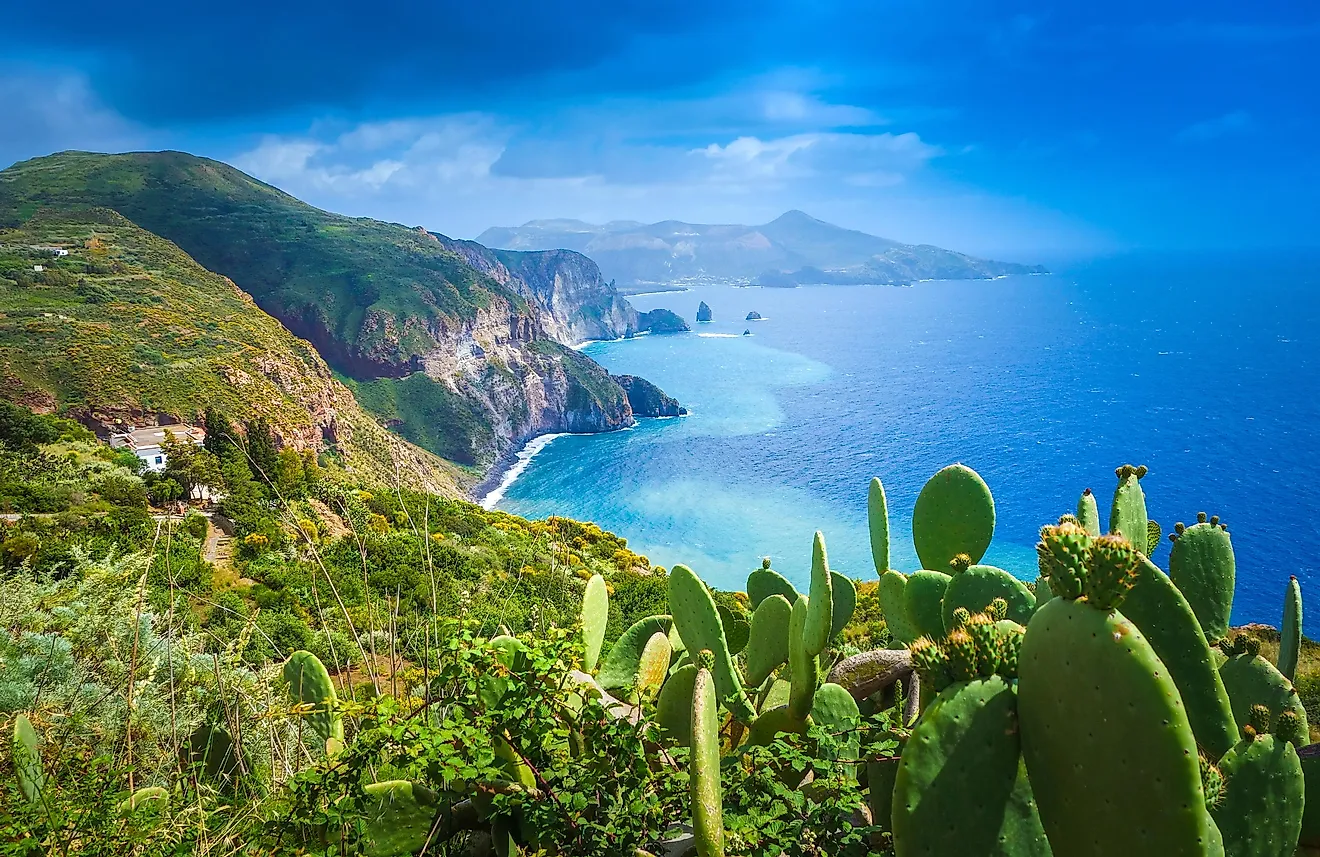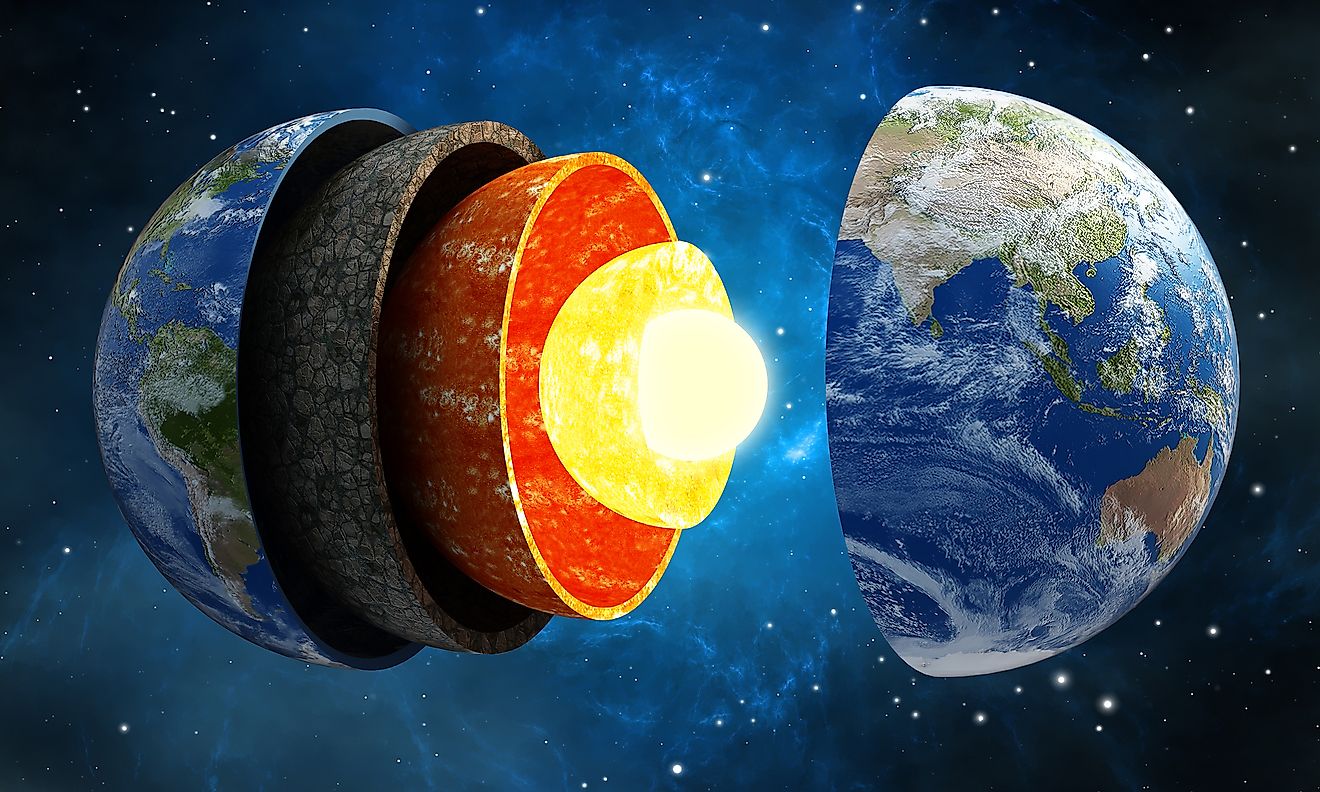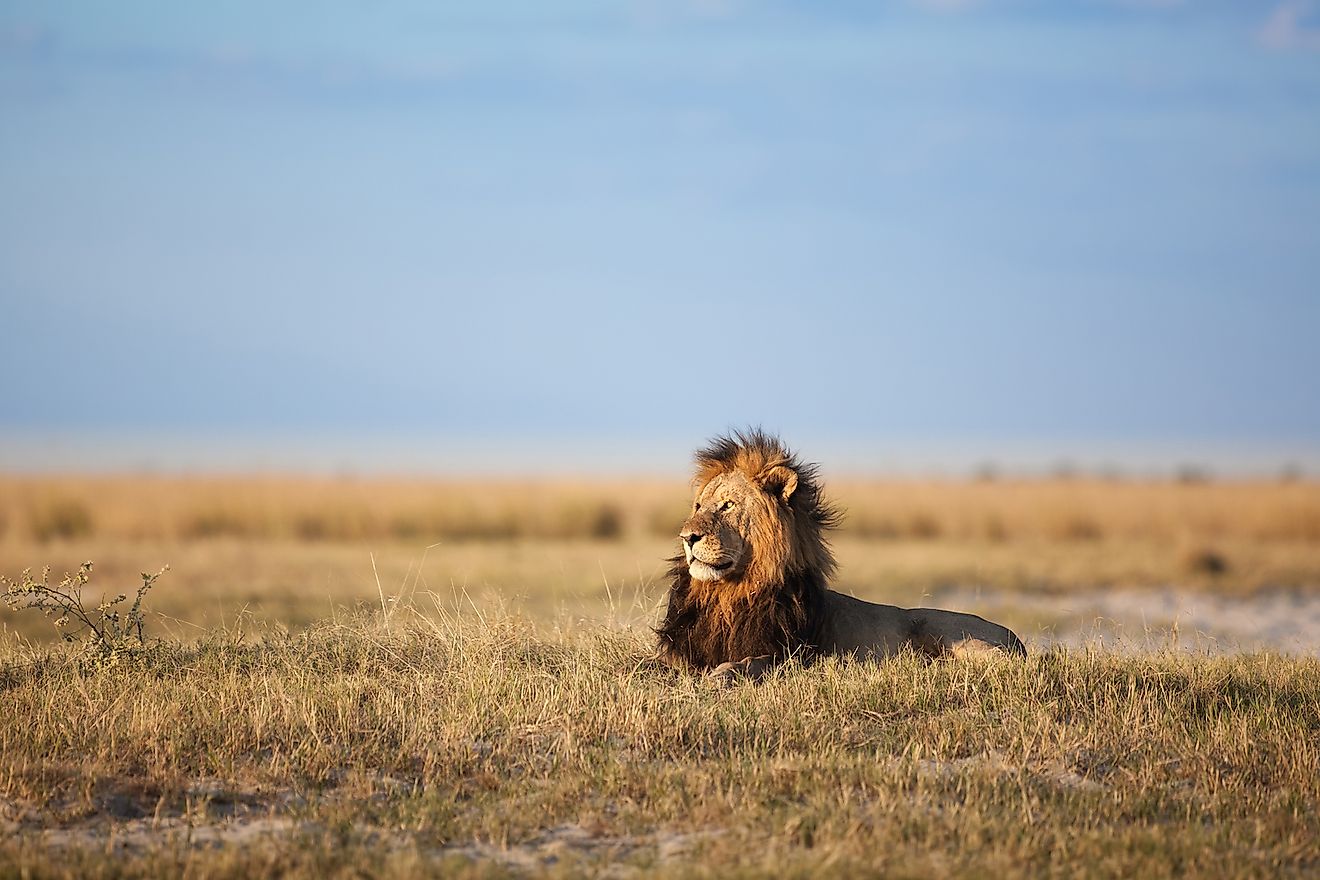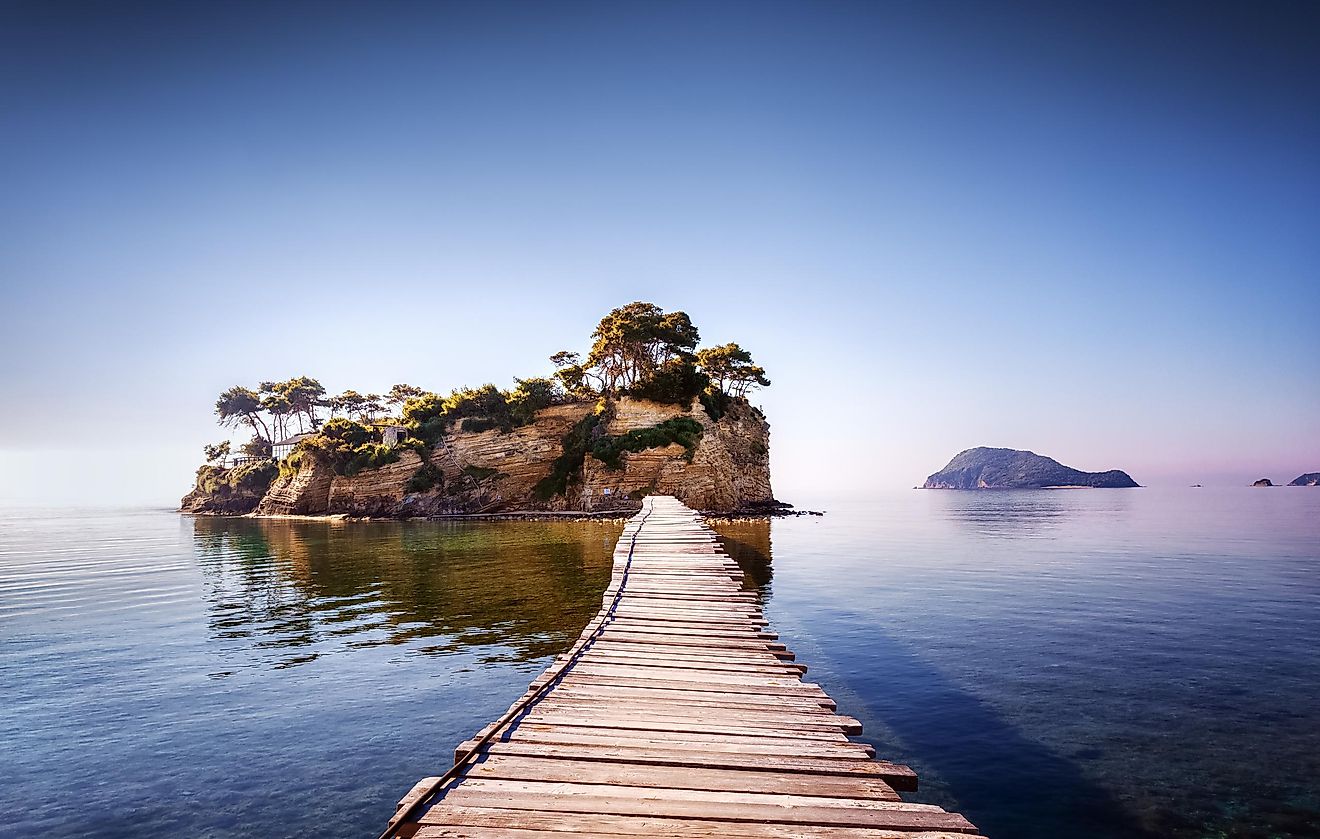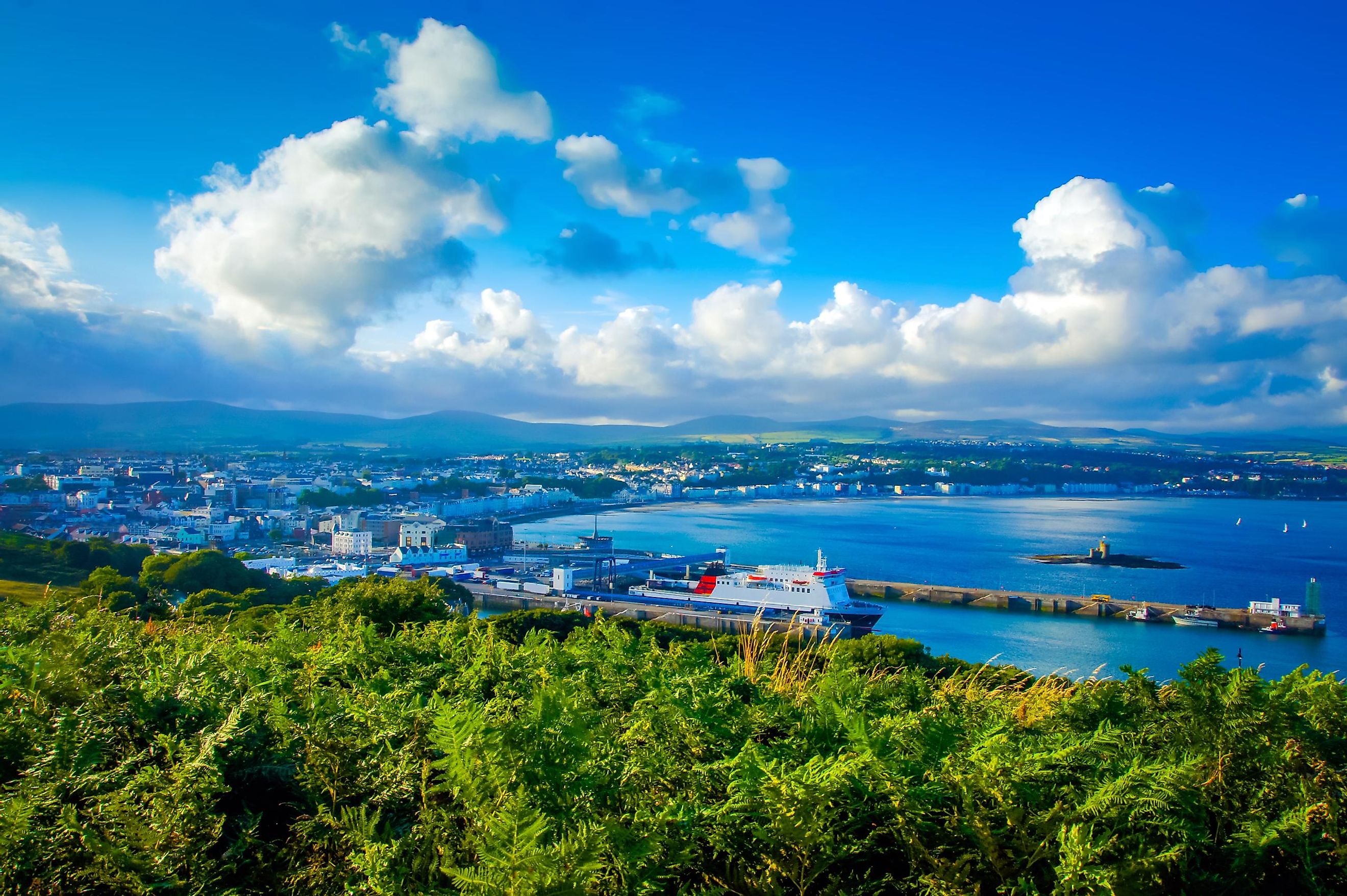
Isle Of Man
Covering an area of only 572 km2, the Isle of Man is a Crown dependency of the United Kingdom that is located in the center of the northern Irish Sea between the islands of Ireland and Great Britain.
Where Is The Isle Of Man?
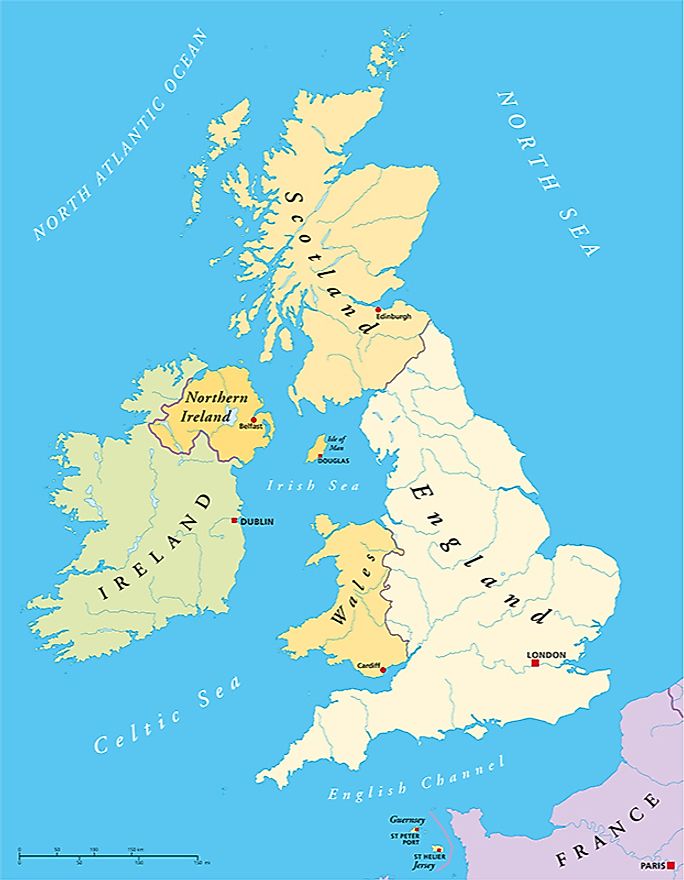
The Isle of Man is located at almost equal distance from its neighboring countries (approximately 50 km), with Scotland in the north, Wales in the south, England in the east, Northern Ireland in the west, and the Republic of Ireland in the southwest.
Geography
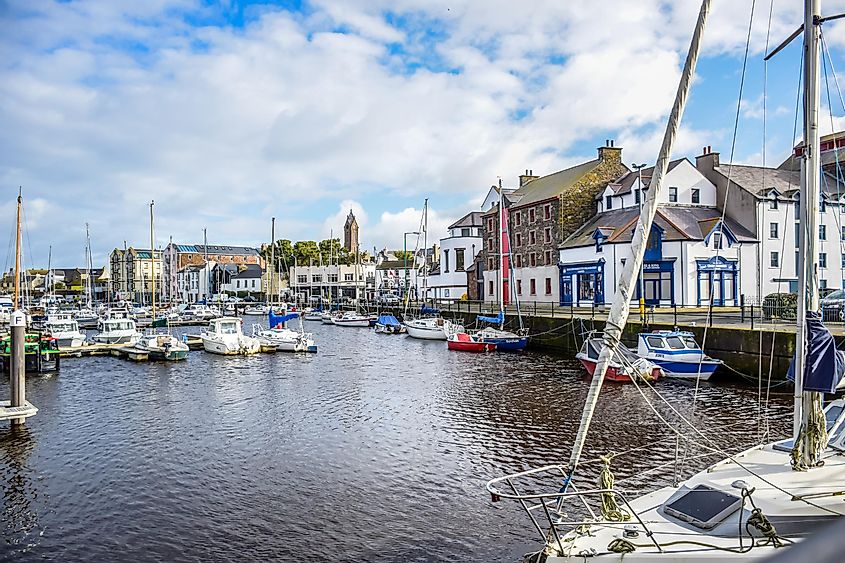
The island of Isle of Man is about 50 km in length and has a maximum width of 22 km. Mountain ranges stretch across the island from north to south and are separated by a well-defined central valley. Situated in the island’s northern part is Mountain Snaefell, the island’s highest point, rising to an elevation of 620 m. The northern plain of the island is comparatively flat and has long sandy beaches, while the island’s coastline has numerous rocky cliffs. Some of the notable rivers in the Isle of Man include the Sulby, Neb, Glass, Baldwin, Dhoo, and Douglas rivers. The most significant bays on the island are Niarbyl Bay, Poolvash Bay, Douglas Bay, Laxey Bay, and Ramsey Bay.
Situated on the eastern coast of the island at the mouth of the Douglas River is Douglas, the capital and the largest town of the Isle of Man. It serves as a major financial, business, commercial, transport, and entertainment hub on the island.
The Isle of Man experiences a temperate climate and has relatively cool summers and mild winters. February is the coldest month, with an average temperature of around 3.4 °C. The summer season extends from April to August with an average maximum temperature of around 18 °C.
The Isle of Man also includes a few smaller islands and islets like Calf of Man, Chicken Rock, St. Michael’s Isle, St. Mary’s Isle, St. Patrick’s Isle, and Kitterland. Located off the southwestern coast of the Isle of Man, the Calf of Man is a small island that is separated from the mainland by a narrow water body called Calf of Sound. It is maintained as a bird sanctuary by the Manx National Heritage.
Wildlife

Some of the important fish that are found around the Isle of Man include Brown trout, Rainbow trout, Atlantic salmon, and Ocean sunfish. Grey seals, harbor porpoises, bottlenose dolphins, and Risso’s dolphins are also found along the island’s shores. Notable chiropteran species found on the island include the common pipistrelle, lesser horseshoe bat, whiskered bat, and brown long-eared bat. The significant mammals that are found on the island are the Manx cat (a breed of domestic cat with a genetic mutation causing stumpy or absent tails), Manx loaghtan sheep, red-necked wallaby, and feral goat. Birds like the red-throated diver, little grebe, storm petrel, Manx shearwater, gannet, cormorant, grey heron, greylag goose, Canada goose, pink-footed goose, and long-tailed duck, among others, are also found on the island.
Brief History
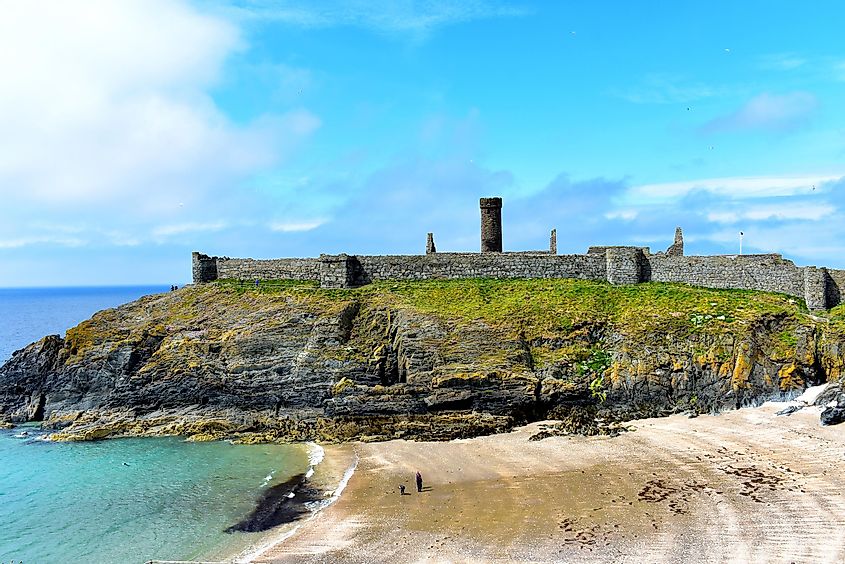
The Isle of Man island was formed around 8,500 years ago when the melting of glaciers led to a rise in sea levels that ultimately cut off the island from the surrounding islands. Humans have inhabited the island since the Mesolithic period. In time, following St. Patrick’s teachings, many Irish missionaries started to live on the island. Around the Iron Age, the Celts began to influence the island’s culture. Around the 8th century, the Vikings took control over the island. The island was ceded to Scotland by the King of Norway in 1266, and after changing hands numerous times, the island was taken over for good by England in 1346. The island’s parliament, Tynwald, is the world’s oldest Legislative Assembly.
Insurance and other financial services, online gambling, tourism, high-technology manufacturing, etc are some of the major economic sectors of the island.





